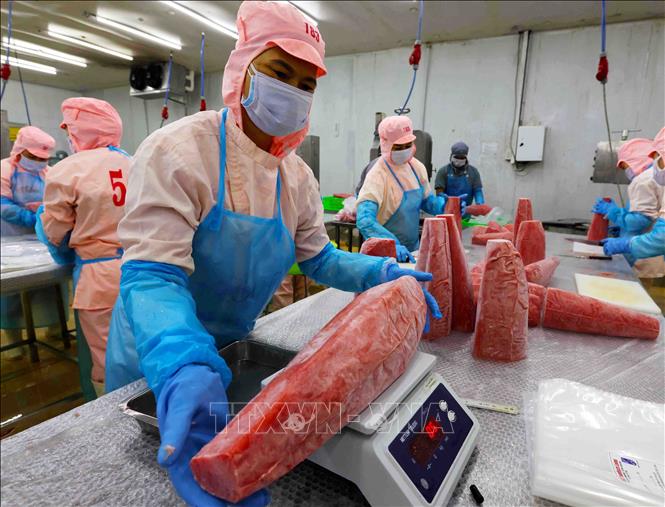
In the first 9 months, the export turnover reached 8.33 billion USD, up 15.5% over the same period last year. This result not only reflects the steady recovery of the seafood industry after many fluctuations, but also shows the ability of businesses to quickly adapt in the context of a volatile world market.
In the product structure, shrimp continued to maintain its leading position when bringing in nearly 410 million USD in September, bringing the total turnover in 9 months to more than 3.38 billion USD, up 20.3% over the same period. The growth momentum mainly came from stable demand in the US, Japan, EU and expanded orders in regional markets.
Pangasius also made its mark when it reached a turnover of nearly 191 million USD in September, up 11%. By the end of September, pangasius exports reached more than 1.6 billion USD, up nearly 10% over the same period last year. The strong recovery from the markets of China, the United States and some Middle Eastern countries has contributed to strengthening the position of Vietnamese pangasius on the global seafood map.
The group of marine fish, squid and octopus products also recorded impressive growth. In the first 9 months, other marine fish exports reached 1.61 billion USD (up 18.5%), squid and octopus nearly 550 million USD (up 18.7%). In particular, shellfish stood out with an increase of more than 30%, reaching 192 million USD. In contrast, tuna decreased slightly by 3.2%, to 705 million USD, reflecting increasingly fierce competition in the ocean fish segment.
In terms of markets, China (including Hong Kong) continues to be a bright spot. Although exports in September decreased slightly, the cumulative nine-month increase was still up 32.1%, reaching 1.76 billion USD and accounting for the largest market share. This market is attractive thanks to high consumption demand and logistics cost advantages. In contrast, in the US market, Vietnamese enterprises are under pressure from anti-dumping taxes and strict regulations of the Marine Mammal Protection Act (MMPA), making access more difficult.
Meanwhile, Japan and the EU maintained a steady growth momentum; export turnover to Japan in the first 9 months reached 1.27 billion USD (up 15.6%), the EU market reached 885 million USD (up 13.3%). Notably, Korea emerged as an accelerating market with a nearly 50% increase in September, bringing the total turnover in the first 9 months to 645 million USD, up more than 13% over the same period. ASEAN and the Middle East also became potential niche markets. Exports to ASEAN reached 536 million USD (up 23.3%), the Middle East nearly 295 million USD (up 7.6%), and in September alone increased by more than 50%.
Ms. Le Hang, Deputy Secretary General of Vasep, analyzed that the above impressive figures show the ability of businesses to adapt and flexibly turn around. Many units have boosted exports in the period before a number of new tax policies and technical barriers took effect, while proactively restructuring the market, increasing the proportion of exports to Asia and consolidating market share in traditional markets. The trend of investing in value-added processed products, meeting increasingly strict quality standards and traceability also helps the industry maintain its competitiveness, especially in the mid- and high-end segments.
However, the road ahead is still full of challenges. Anti-dumping taxes and reciprocal taxes in the United States and some markets are making profit margins increasingly narrow. The Marine Mammal Protection Act with strict regulations on exploitation puts great pressure on seafood products; while the EU's IUU "yellow card" has not been removed, directly affecting the reputation and export costs of Vietnamese seafood. Competitive pressure from countries in the region such as India, Thailand, Indonesia or Ecuador is increasing, especially in shrimp and pangasius products, which is also a big challenge for businesses.
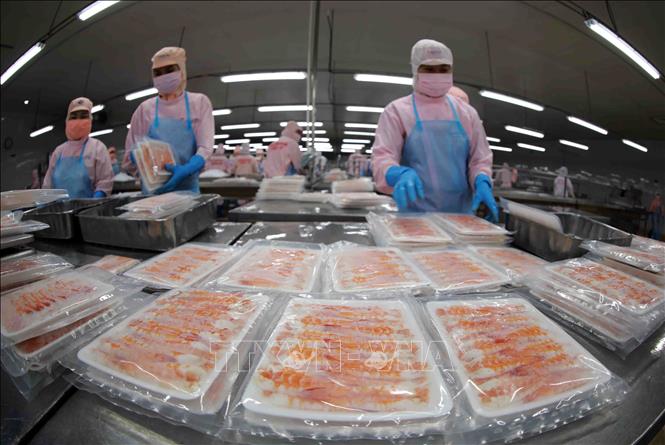
Experts say that to maintain growth momentum, the seafood industry needs to proactively monitor market developments and trade policies, promptly adjusting strategies when new barriers appear. At the same time, it is necessary to restructure the market, both maintaining key markets such as the US, EU, and Japan, and promoting the exploitation of opportunities in ASEAN, the Middle East and less competitive niche markets.
Diversifying products and increasing added value are key factors to help Vietnamese seafood compete sustainably, especially when global consumers increasingly prioritize high-quality, sustainable and safe products. Along with that, the industry also needs to promote innovation, apply technology in farming and processing, and strengthen the national brand through high-end culinary channels and e-commerce as the key to strengthening long-term competitiveness.
Source: https://baotintuc.vn/kinh-te/xuat-khau-thuy-san-9-thang-tang-155-20251006153801947.htm










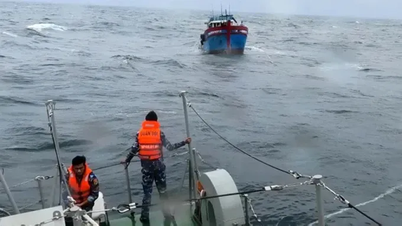

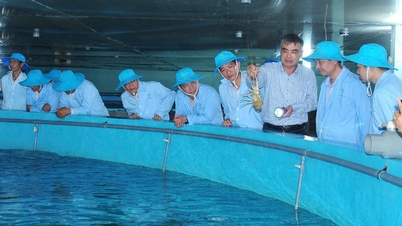




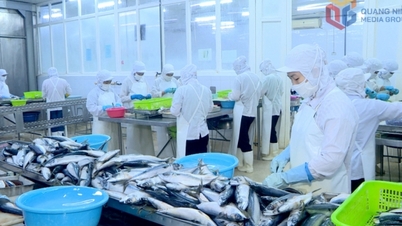

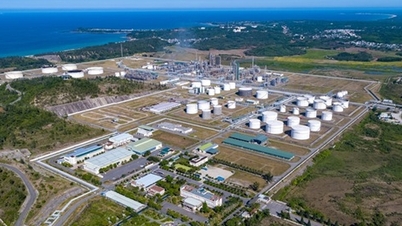


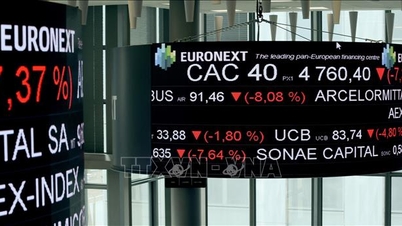
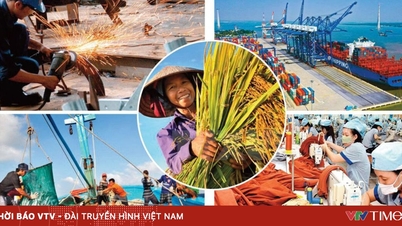

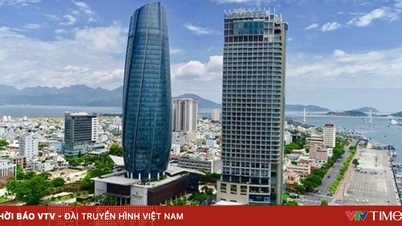














































































Comment (0)